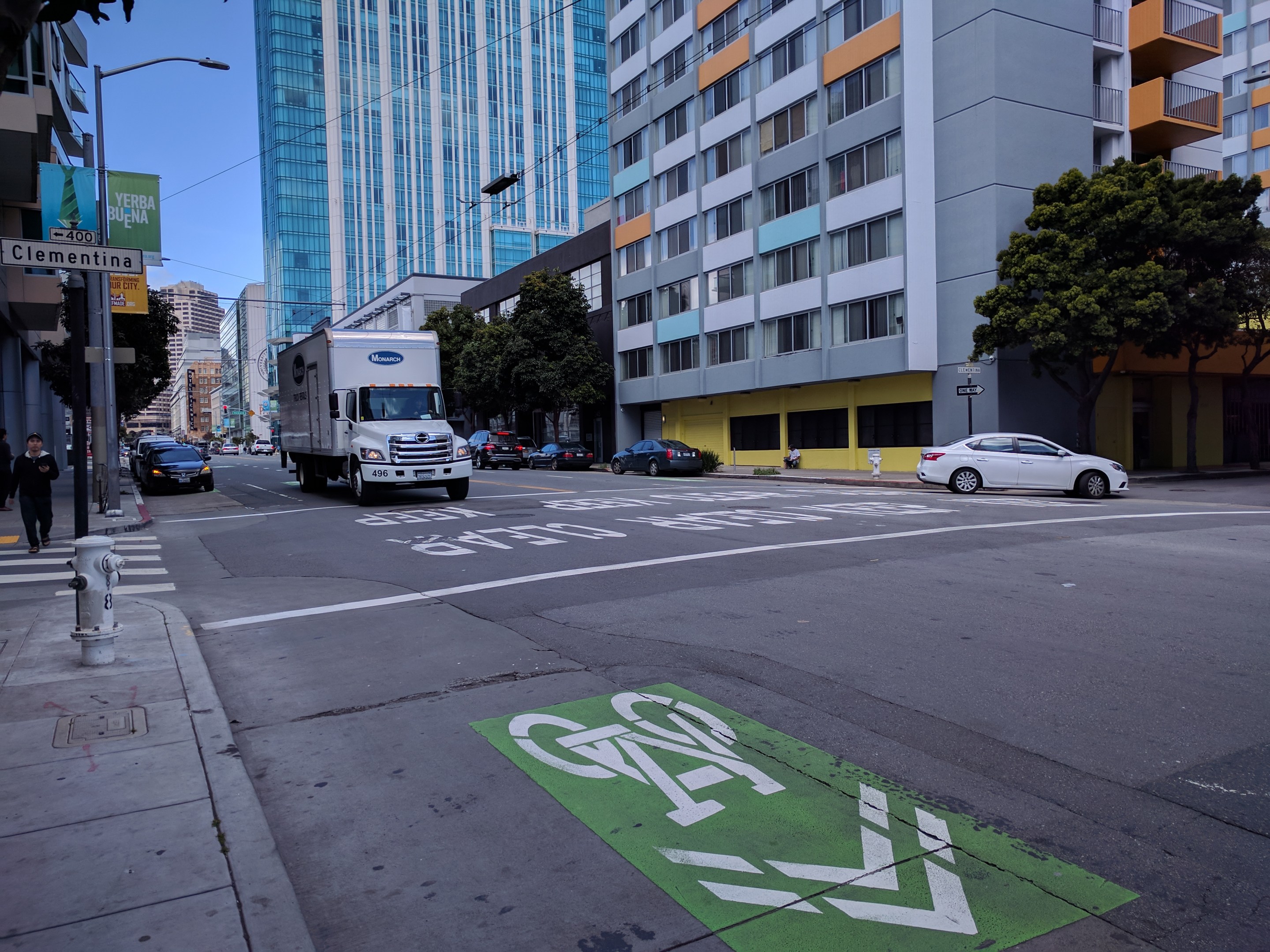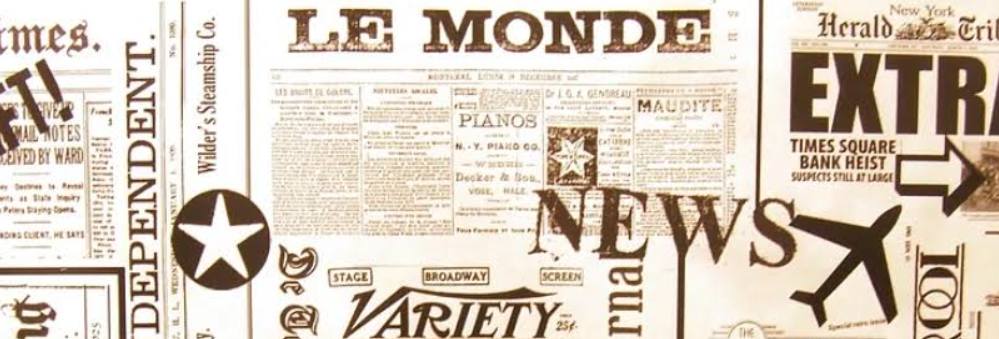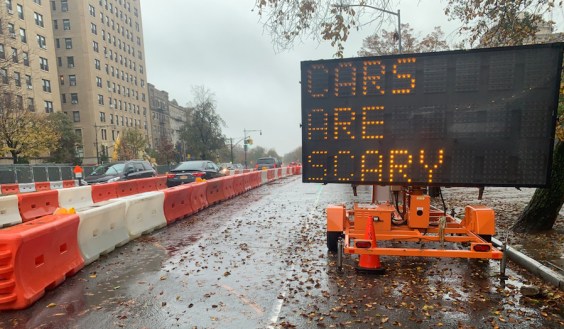Note: GJEL Accident Attorneys regularly sponsors coverage on Streetsblog San Francisco and Streetsblog California. Unless noted in the story, GJEL Accident Attorneys is not consulted for the content or editorial direction of the sponsored content.
Steffen Berr studied to be a civil engineer at Sacramento State. After graduating in 2019, he went to work for a San Francisco-based consultancy. But Berr's mother is German and he'd spent quite a bit of time walking and living in German and Dutch cities. Something about the Bay Area's giant, multi-lane roads just didn't feel right to him. "I was thinking about going into transportation engineering, but I wanted to go to Europe because they’re really good at this stuff."
And then COVID happened.
Since he has European citizenship, Berr decided to take "work from home" to its extreme. "I kind of moved without telling my company," Berr told Streetsblog during an impromptu meeting Sunday evening in San Francisco with a handful of independent advocates.
He rented an Airbnb in the Hague and just worked from there for what he thought would be a few weeks. But that turned into months and, eventually, he realized Europe was where he wanted to stay—for the simple reason that he wanted to live a life where he wasn't beholden to the automobile to get around. And he wanted to feel safe going on a walk or a bike ride.
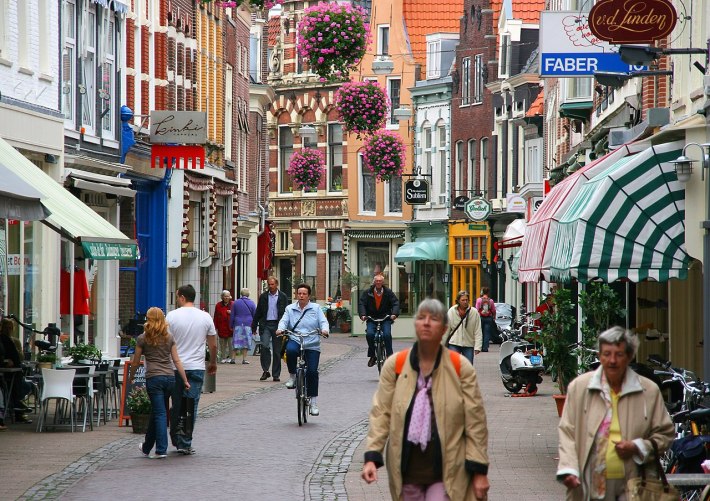
He learned Dutch and eventually got a new job as a transportation engineer with the city of Haarlem. His time there has given him unique insight into the fundamental differences in how American and Dutch transportation planners and engineers are educated and how that contributes to the high death rate and low cycling and walking rates in the U.S. (a fact that was apparently disputed in a recent SFMTA Vision Zero report, but more on that in a future post).
Berr's background and writing caught the attention of the Bay Area's independent advocates. So when Christina Florkowski, an advocate based in Brisbane, saw that he would be passing through San Francisco on his way to visit family near Sacramento, she set up a last-minute meeting with Berr. Advocates Luke Bornheimer, Kieran Farr, and Streetsblog were invited.
Berr said the American transportation system is fundamentally broken because "transportation engineering" is a specialty within civil engineering when it's really a separate field. They think "transportation engineering is just where the paint goes. They don't know what transportation infrastructure actually is."
He went on to explain that this impacts all aspects of transportation engineering at American departments of transportation, from community outreach to the continued adherence to the completely discredited "level of service" and the widespread rejection by American engineers of "induced demand." It's why cities continue to widen streets or refuse to implement lane reductions that would actually reduce traffic congestion. It's also how cities come up with "... really shitty ideas like putting bike lanes down the center of the road," he explained, referring to the Valencia center-running bike lane. It's why American DOTs violate fundamental principles of safety, such as isolating the largest vehicles from the smallest and most vulnerable to the extent it's possible, and limiting speed with infrastructure wherever it's not.
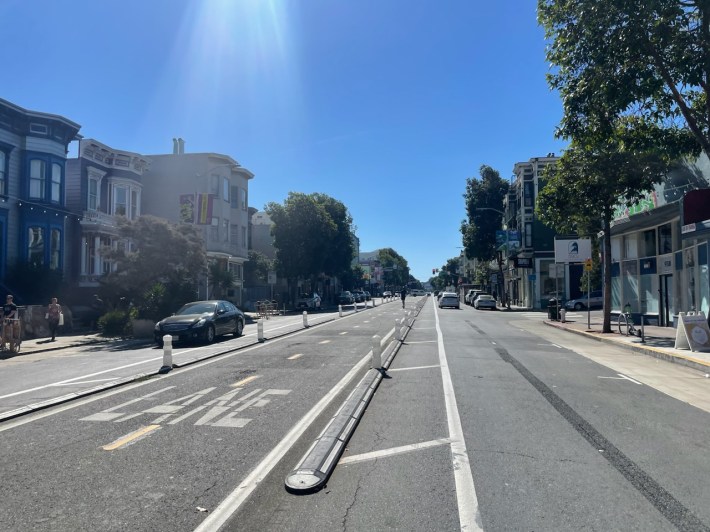
Berr also dispelled the idea that American DOTs are somehow more beholden to parking interests and politics. He said that even in Haarlem community outreach issues are essentially the same: people the world over complain about loss of parking. But Dutch engineers don't pull their proverbial punches when they talk with neighborhood groups, he explained.
He related a typical experience he had during an outreach meeting in Haarlem. "I explained to someone that I’m taking away his parking and here’s why. The guy asked: 'But where’s my wife going to park!' And I asked, 'Where’s my greenery, where’s my bike parking? 200 people live on the street and there could be 50 parking spots [and nothing else]. I care about you, but I’m not going to put your needs literally above everyone else's.'"
"He did not like my answer," said Berr. But his responsibility as a European transportation engineer is to provide a street for everyone, not one for car throughput and parking, with every other consideration made secondary.
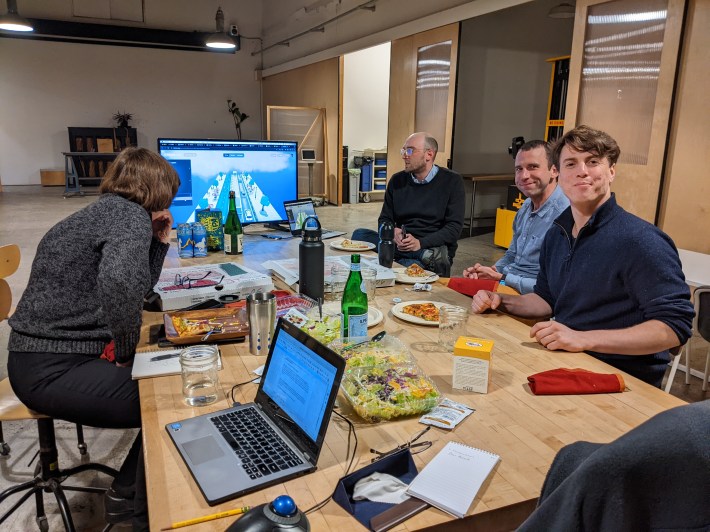
Berr said American planners and engineers are susceptible to the parking argument because their approach is all wrong. "They just classify streets by the number of cars." He said the Dutch look at all of a street's purposes—maybe it's intended as a road primarily for car and bike throughput, in which case it's designed as such. But maybe it's a street that's part of a neighborhood and the only "movement" should be to access homes, shops, and schools on that block. "Dutch design is done by access, the other way around [from American]."
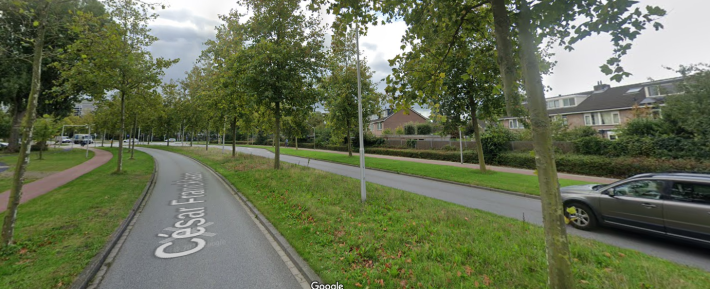
He brought up images of individual streets in San Francisco, which always seem to have multiple lanes for both traffic and parking. The problem, he said, is with such limited education, American civil/traffic engineers approach everything as if it's a freeway and don't consider that it doesn't help to have a multi-lane road feeding into an intersection that will always have a much lower capacity than the road itself. Because, of course, all the cars just cue up when the light is red, negating any throughput advantage to having multiple lanes. Americans try to keep widening the intersection to compensate, whereas the Dutch reduce lanes to balance capacity. The American result is a dangerous, loud, polluting street with motorists overtaking and racing from traffic signal to traffic signal.
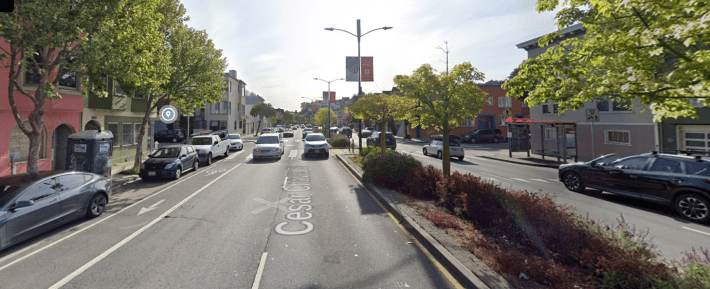
But Dutch engineers are happy with city streets that have limited parking and only one lane in each direction. What about people who complain that there's no way to overtake a pokey driver with only one lane? "We don’t want drivers overtaking!" he said. "A slow driver in the front is perfect." That keeps everyone driving at a smooth and safe rate, rather than accelerating and braking at every intersection and causing deadly crashes.
In the end, the capacity is the same because the intersections dictate overall throughput, not the number of lanes. But American traffic engineers just don't get that. "A six-year-old can understand signal timing" and how that is the limitation on the street or road's capacity and yet "... a six-year American masters student in traffic engineering can't understand it."
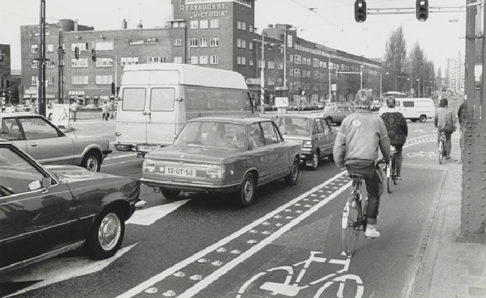
So if American-educated traffic engineers are so bad, why did the city of Haarlem hire Berr in the first place? "Because I'm an expert on how not to do things."
Berr stressed, however, that it can all get fixed—his new home city of Haarlem was an amazingly American-like, traffic-clogged mess just a few decades ago. That was true throughout the Netherlands in the post-war period (see image above of a street in Amsterdam). But to fix things, there needs to be a paradigm shift in how American transportation engineers are educated and how the profession approaches streets.
And after that? "Don't worry. It will just take 40 years to fix your city—that's about how long it takes before a street has to be rebuilt."
For more, be sure to read Berr's op-ed, "America Has No Transportation Engineers" in NextCity. Or check out his episode of the ActiveTowns podcast.
